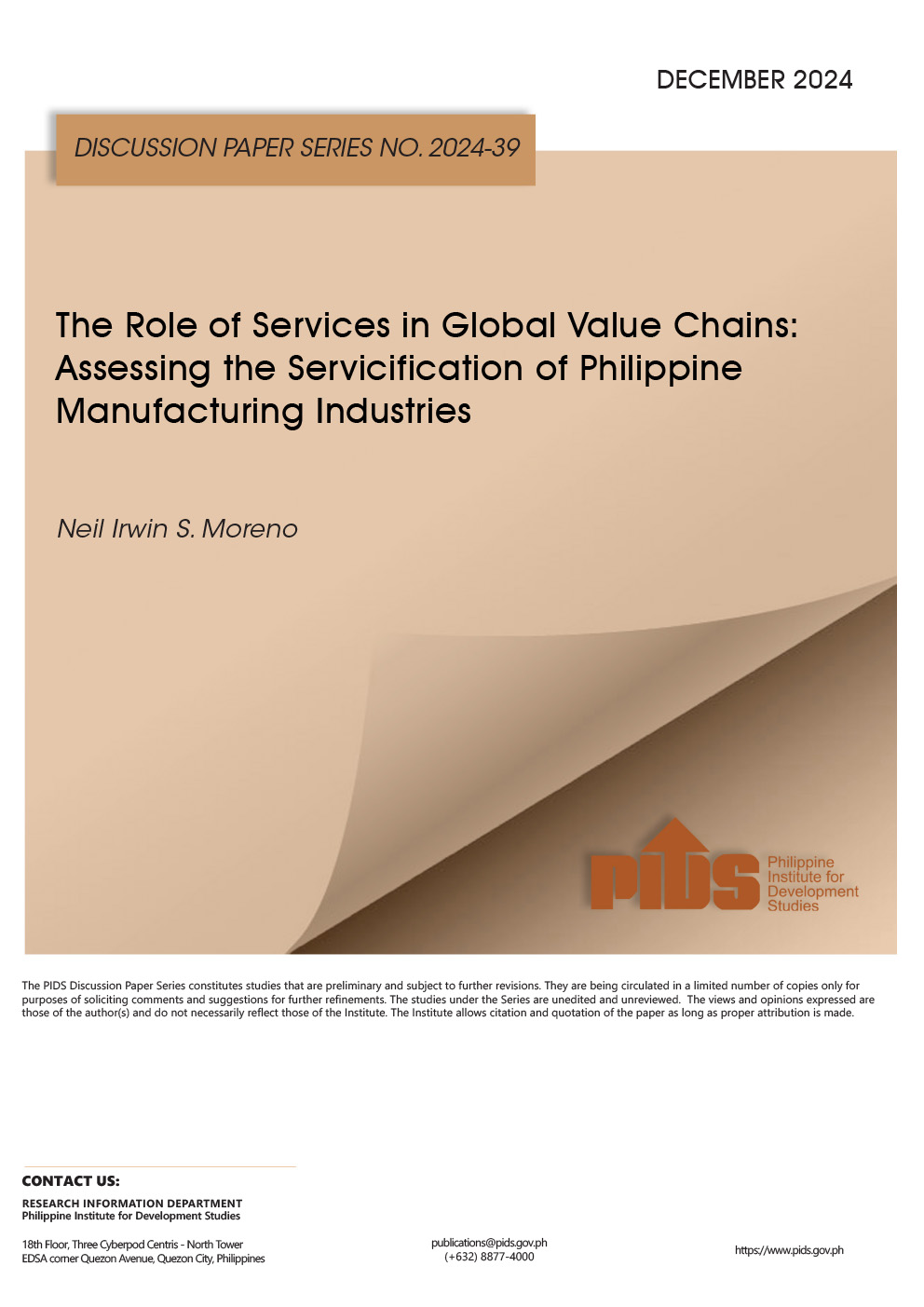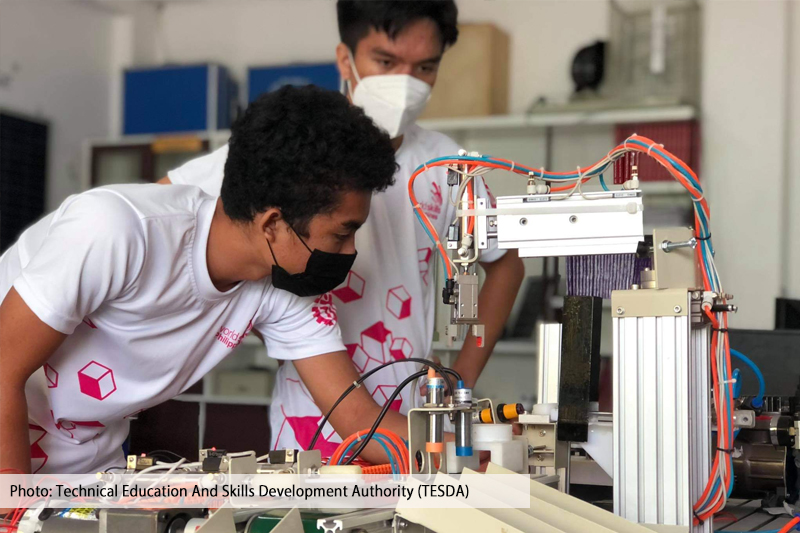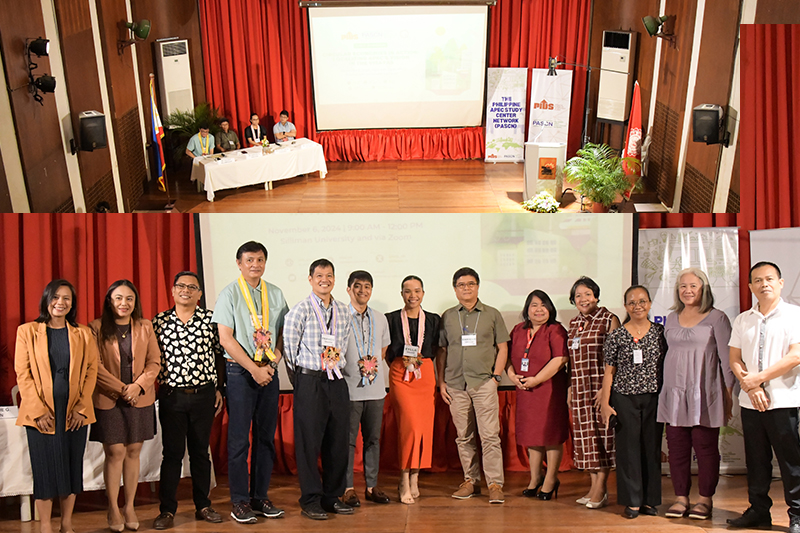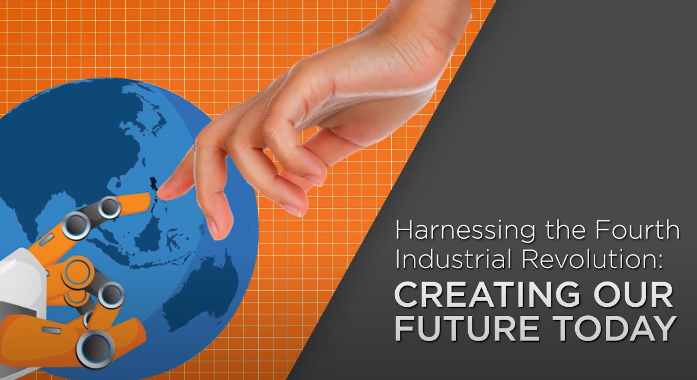MANUFACTURING’S MULTIPLIER effect is well recognized yet why has it languished?
Manufacturing’s contribution to total domestic output fell to 24% in the 1990s and 2000s from 26% in the 1980s and 28% in the 1970s.
In 2012, it accounted for 22% of the total domestic output of P6.3 trillion -- the highest by a sector of the economy. But its real contribution could be more than that.
Washington-based AFL-CIO Working for America Institute (WAI) said that aside from its sectoral contributions (industrial employment, production and investments), manufacturing also fuels activities in other sectors, and create jobs and lures investments, even in non-manufacturing sectors.
Citing National Association of Manufacturing estimates, the WAI said a dollar’s worth of manufactured goods creates another $1.43 of activity in other sectors. This is twice the $0.71 multiplier for services.
While its direct contribution and spillover effect to other industries are recognized by experts as means to achieve sustained and inclusive growth, the reality is, in the Philippines, the sector has been neglected.
Rafaelita M. Aldaba, a researcher at the Philippine Institute for Development Studies, noted how manufacturing’s contribution to productivity, employment, and investment had weakened through the years.
"From the 1980s up to the early 2000s, manufacturing growth was slow with an average of 0.9% in the 1980s and 2.5% in the 1990s. Modest growth was posted in the 2000s averaging 4.1%,” she wrote in a research titled "Why A New Industrial Policy for the Philippines is Critical.”
Her study also showed how manufacturing’s contribution to total domestic output fell to 24% in the 1990s and 2000s from 26% in the 1980s and 28% in the 1970s.
In a BusinessWorld article titled: "Why is manufacturing being neglected?”, University of the Philippines economist Benjamin E. Diokno also noted a reduction in the share of manufacturing to total output.
"The share of manufacturing to gross domestic product contracted from 23.5% in 1998 to 20.4% in 2012. The shrinking share of Philippine manufacturing ought to be reversed,” he said.
In terms of employment generation, Ms. Aldaba said "the manufacturing industry failed in creating enough employment to absorb new entrants into the labor force as its share to total employment dropped from 11% in the mid-1970s to 9% in the 2000s.”
Ms. Aldaba in her study also noted that the manufacturing export base has become less diversified, with the country’s exports largely concentrated in three product groups: electronics and other electronics, garments and textile, and machinery and transport equipment.
"Within these major product groups, exports are highly concentrated in low value-added and labor intensive product sectors. These goods are considerably dependent on imported inputs and have weak backward and/or upward linkages with the rest of the manufacturing sector,” her report read.
For the industrial sector to become a major growth driver, the country needs to upgrade technology and structurally transform manufacturing, Ms. Aldaba said. Industrial policies geared towards improving the business environment, human capital investment, infrastructure and quality of governance is also crucial.
The sector offers brighter prospects given how foreign firms based in China are now looking into other Southeast Asian markets, Mr. Diokno said in his article.
"With the costs of production rising in export-leading China, many foreign firms in China are scoping for places where they can relocate their factories. Indonesia, Vietnam, Thailand and the Philippines have emerged as strong alternative factory sites,” he said.
The Philippines, however, needs to deal with constraints such as a strong peso, poor infrastructure including inadequate, costly and unreliable power supply, and high cost of doing business, in order to attract these foreign firms. --
Related Posts
Publications
Press Releases
Video Highlights
Infographics
[No related items]







